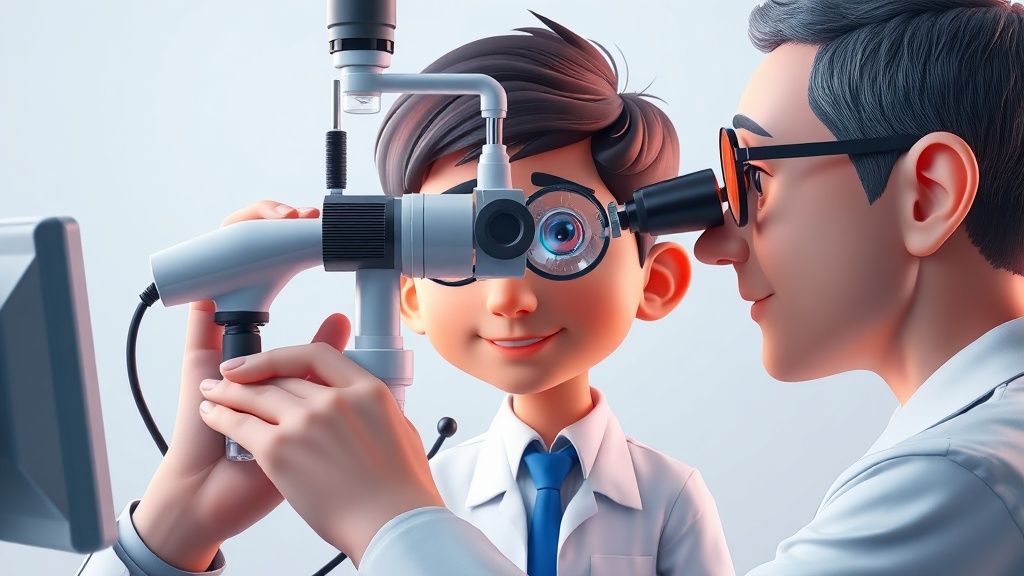Home / Health / Myopia Epidemic Looms: 48% of Children at Risk by 2050
Myopia Epidemic Looms: 48% of Children at Risk by 2050
15 Nov
Summary
- Myopia affects 32% of children now, expected to rise to 48% by 2050
- Early intervention can slow myopia progression and reduce high myopia risks
- Red flags include squinting, sitting too close to screens, frequent headaches

According to a recent report, the prevalence of myopia, or nearsightedness, among children is set to rise dramatically in the coming years. As of 2025, an estimated 32% of children may be affected by this condition, and this figure is expected to climb to 40% by 2040 and a staggering 48% by 2050.
These alarming projections represent a significant public health challenge that demands urgent intervention. Myopia often progresses rapidly during childhood and adolescence, and if left unchecked, it can lead to an increased risk of serious eye health issues, such as retinal detachment, glaucoma, and cataracts later in life.
To combat this growing crisis, experts emphasize the importance of regular eye exams, especially for children with a family history of myopia. Parents are also encouraged to be vigilant for red flags that may indicate the development of myopia in their children, such as frequent squinting, sitting unusually close to screens, and experiencing frequent headaches after activities requiring distance vision.
Early detection and effective management are crucial, as timely intervention can slow the progression of myopia and reduce the risk of high myopia, which is associated with the most severe complications. By implementing lifestyle and behavioral strategies, such as encouraging outdoor time and limiting continuous near-sighted work, parents and schools can play a vital role in mitigating the impact of this growing public health concern.



